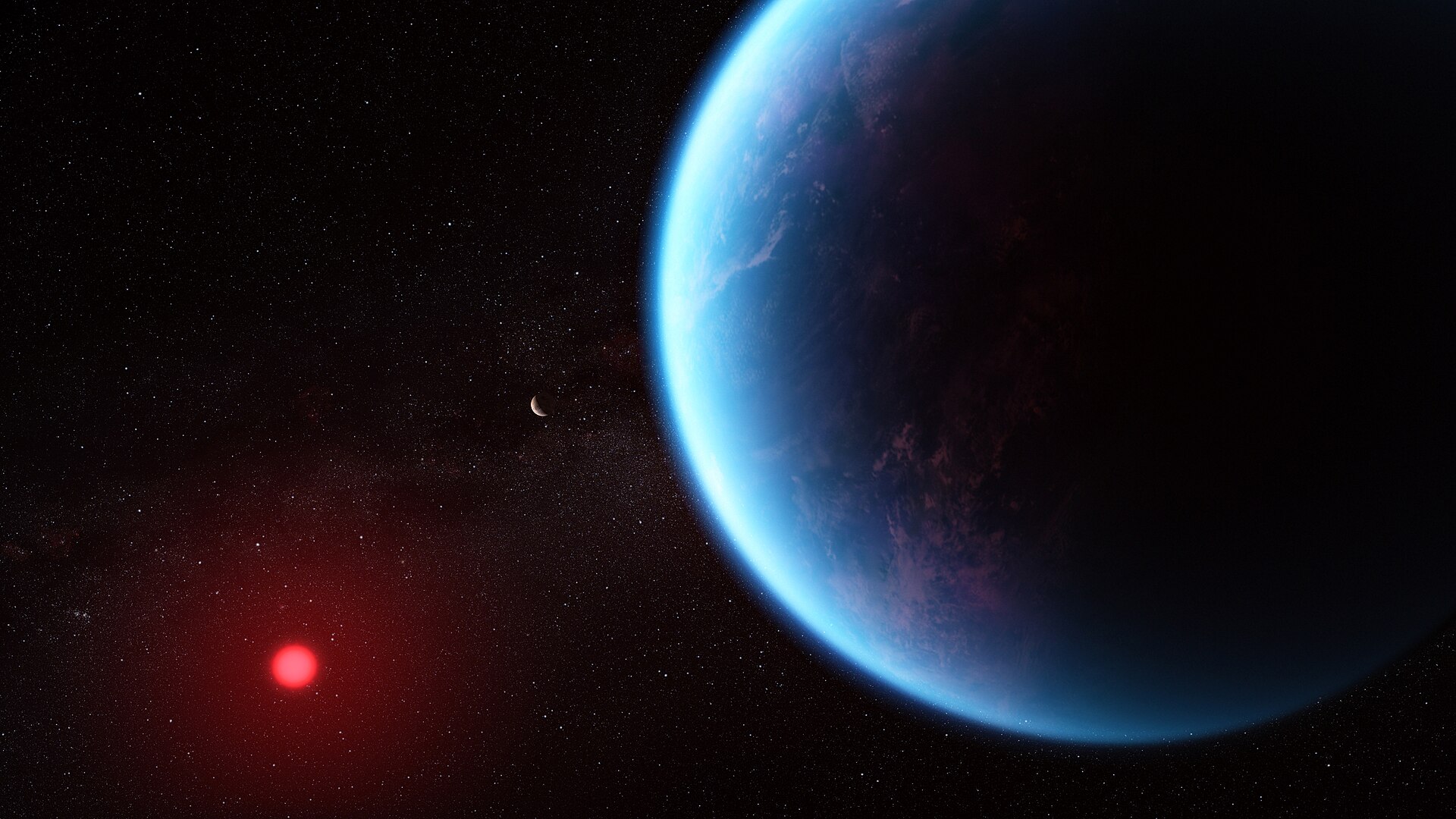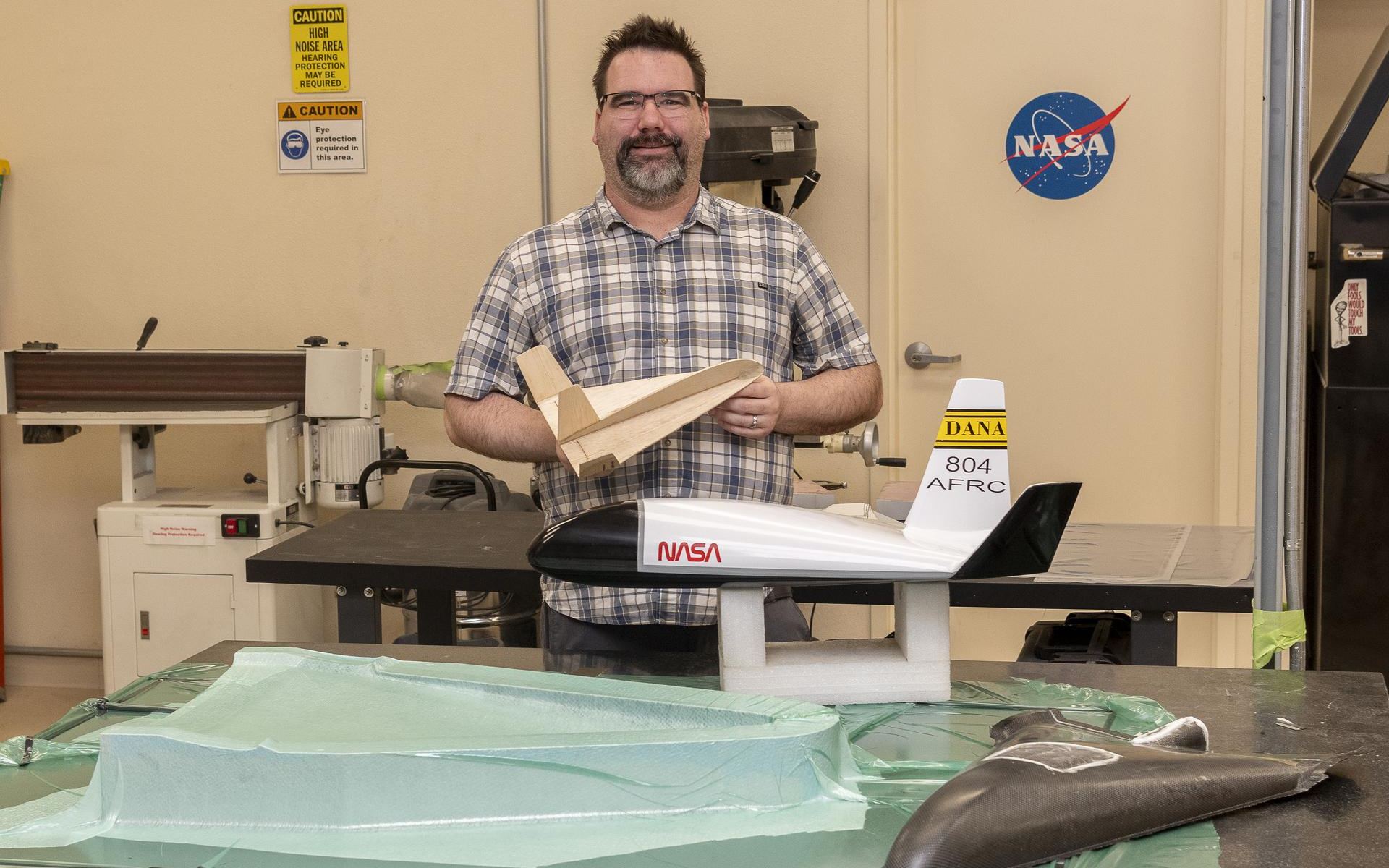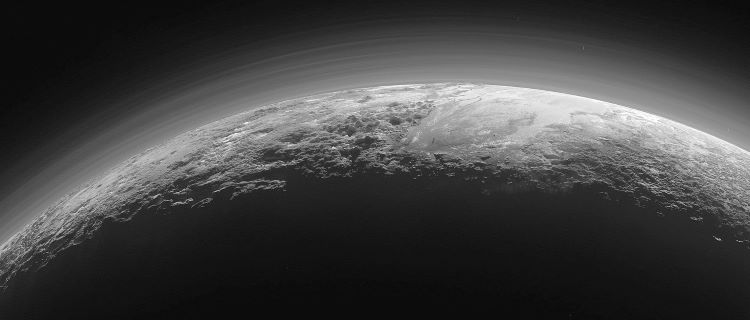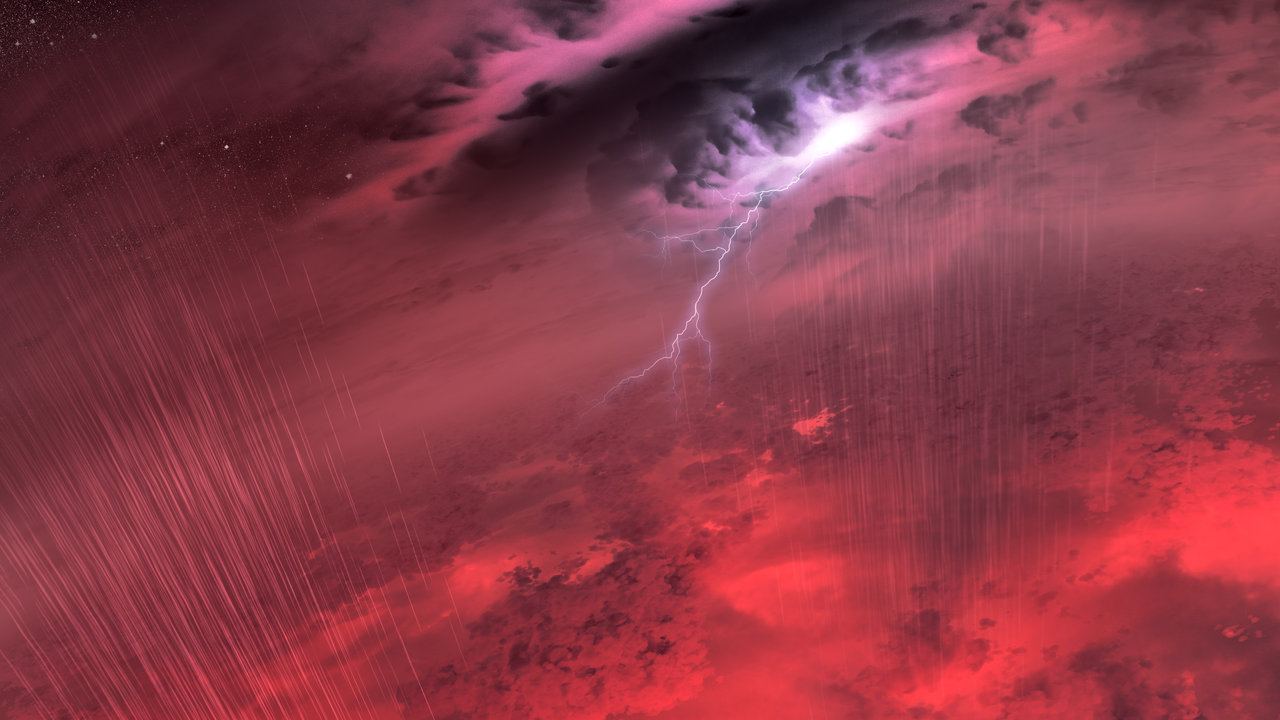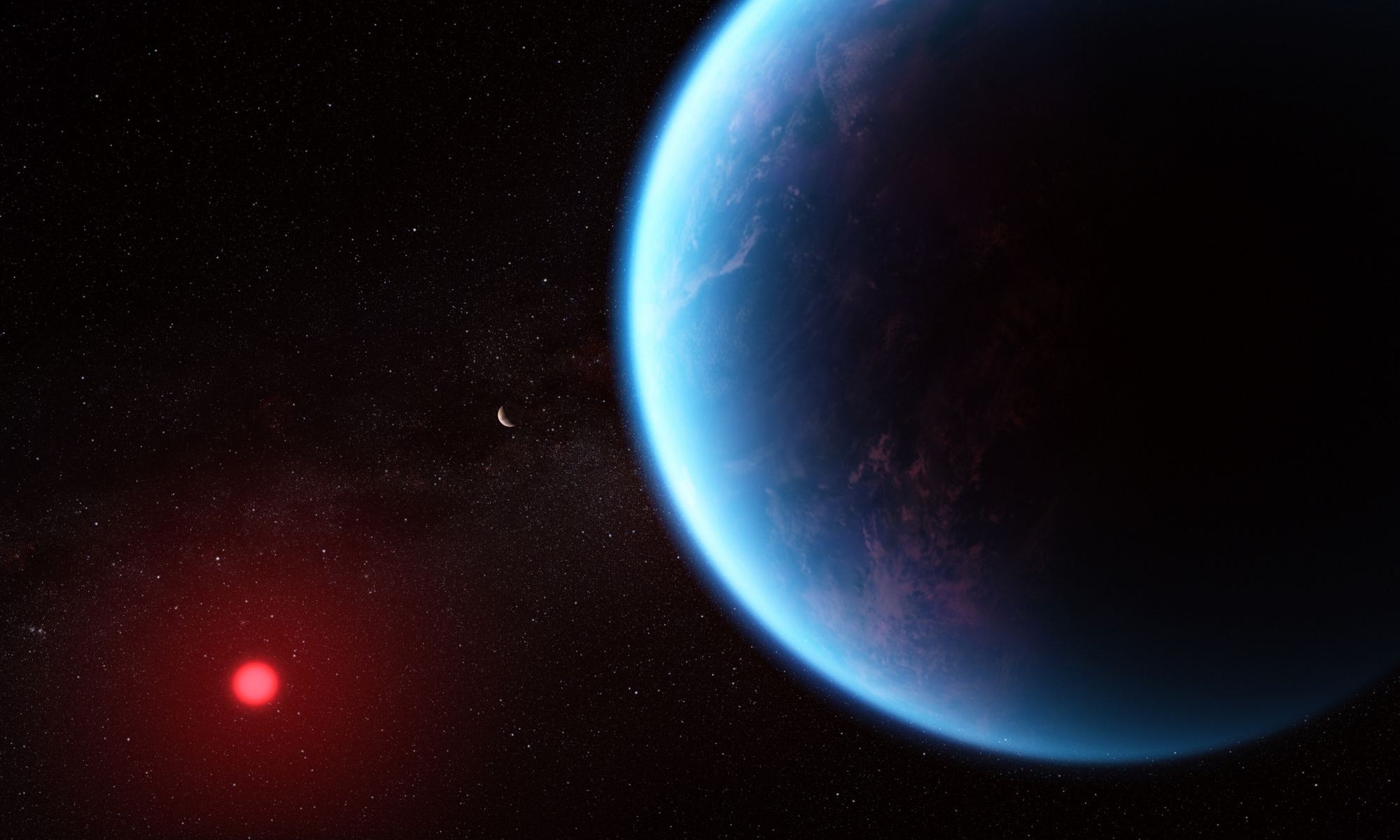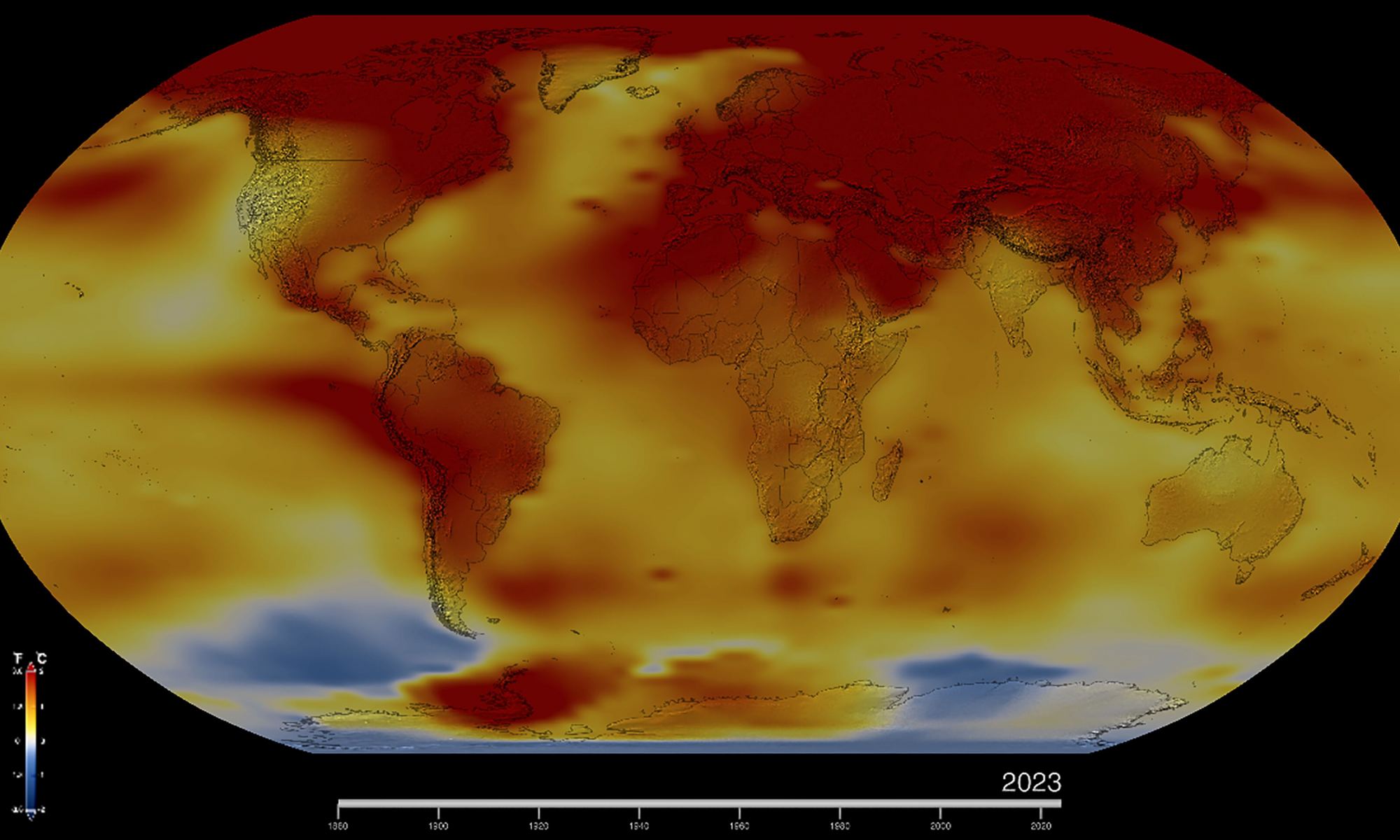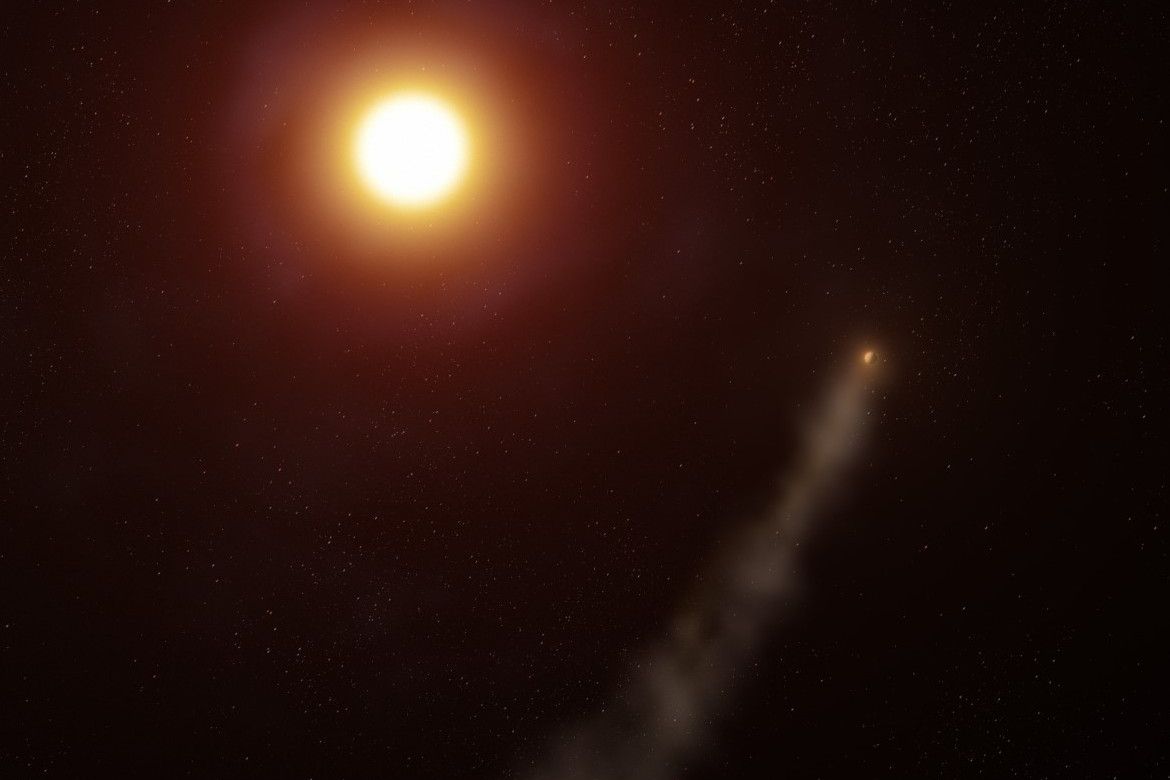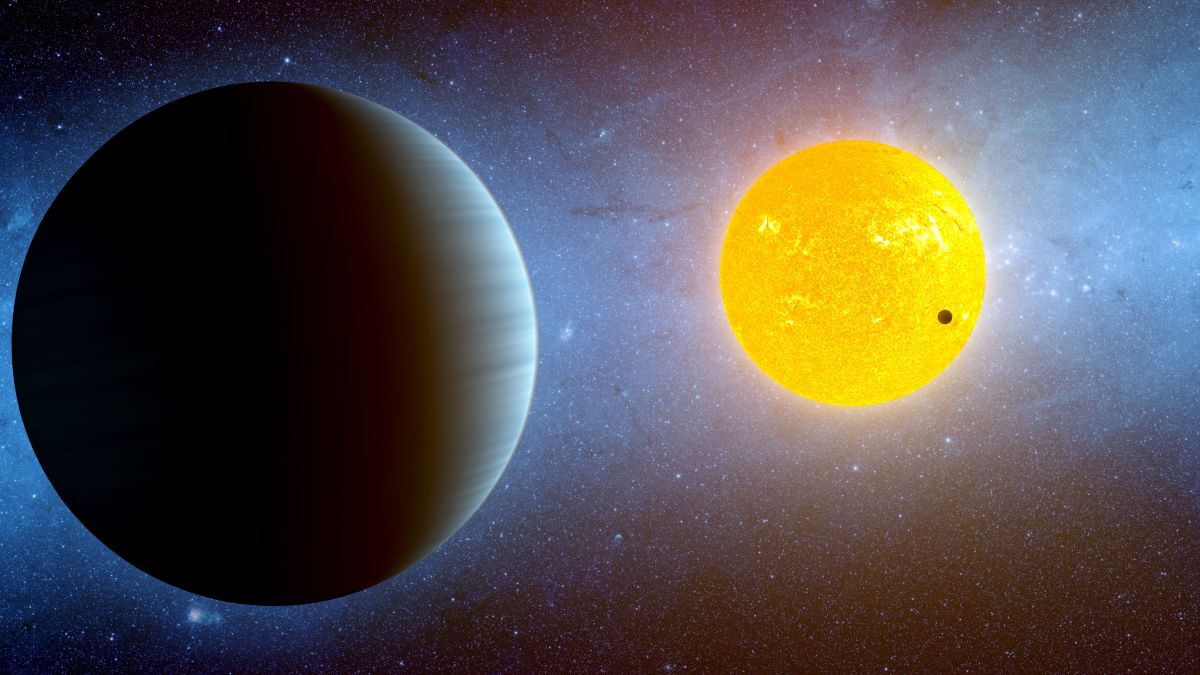The JWST is enormously powerful. One of the reasons it was launched is to examine exoplanet atmospheres to determine their chemistry, something only a powerful telescope can do. But even the JWST needs time to wield that power effectively, especially when it comes to one of exoplanet science’s most important targets: rocky worlds orbiting red dwarfs.
Continue reading “Finding Atmospheres on Red Dwarf Planets Will Take Hundreds of Hours of Webb Time”Finding Atmospheres on Red Dwarf Planets Will Take Hundreds of Hours of Webb Time
